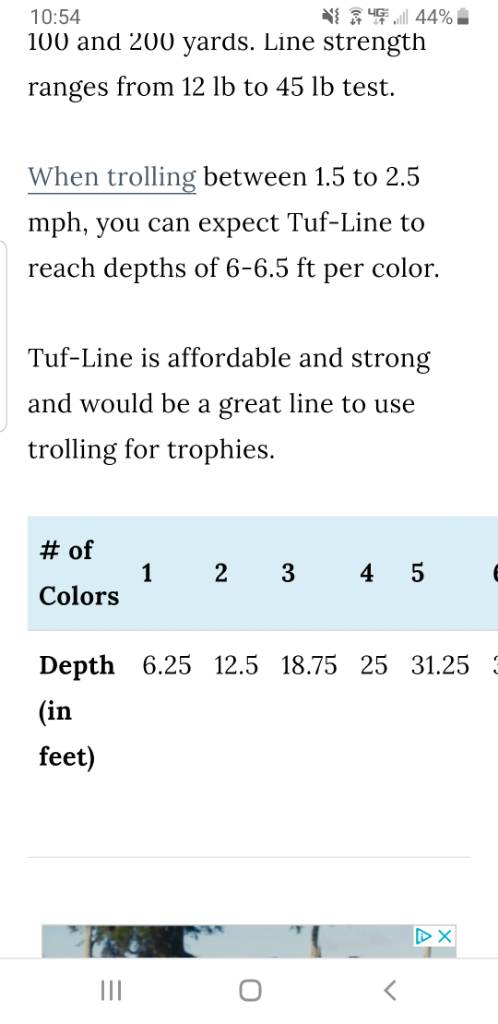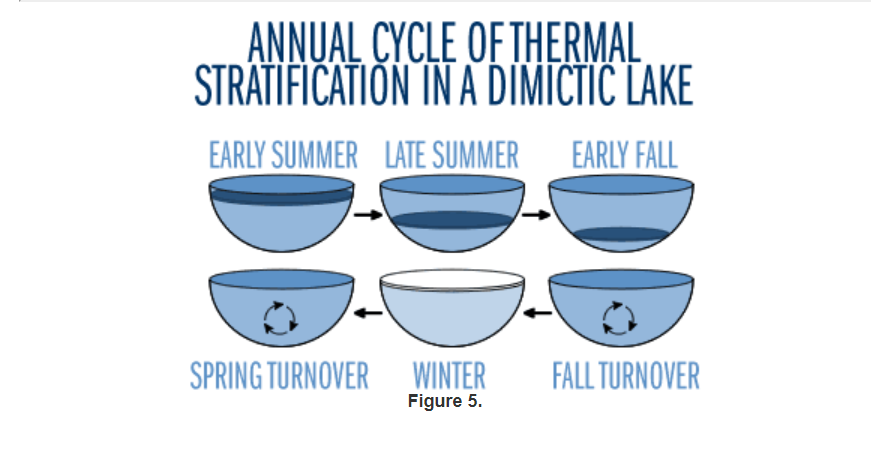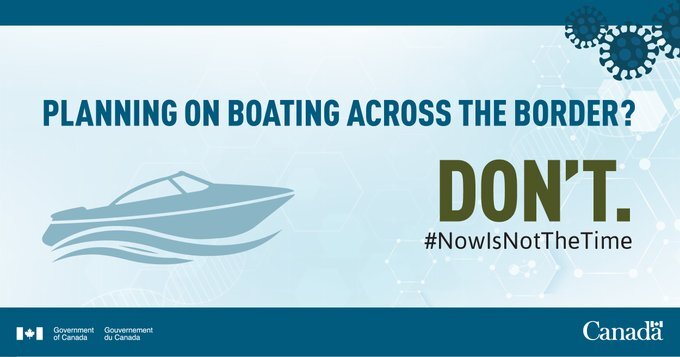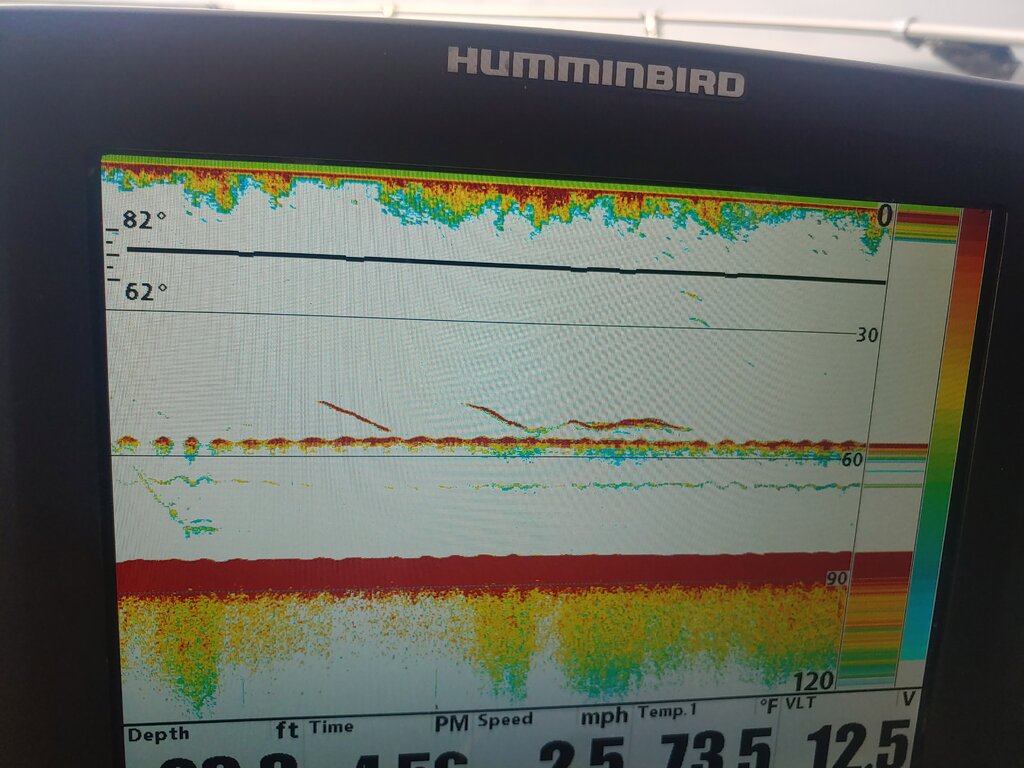-
Posts
1,522 -
Joined
-
Last visited
Content Type
Profiles
Forums
Events
Gallery
Store
Everything posted by TyeeTanic
-
Blue works, green is good too ... but mostly the trick is to have something with glow. How deep are you talking?
-
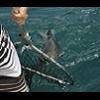
Trouble landing with copper
TyeeTanic replied to Matt ching's topic in Questions About Trout & Salmon Trolling?
One thing that happens with the long wire is that fish take a run for the boat, and it's hard to feel that .... so the line slacks. Fish off. The only thing I know to do is to keep that rod as high up in the air as possible ... and having a long rod for the copper helps for that ... then you just have to be able to react fast enough to keep that slack off. Also, did you notice the fish jumping out of the water (likely then to be a rainbow) ... that makes it really challenging to keep the fish on. -
Yeah it can get bad sometimes, especially if you also have a cross wind pushing your boat sideways. A mate of mine had his rigger cable go into a prop, and he was using 16 lb torpedo weights ... it was insane.
-
Man, at that boat speed I'm surprised it's happening. Anyhow, all I can say is that underwater currents may have played a game with you, or even a good wind that was pushing the boat sideways, so when you think those dipsey lines are off to the side, they aren't, only resolution is to keep that copper dead center of stern until it's all out, and then hook up your planer board ... I wouldn't prematurely move the copper line to the side while it is still deploying ... you now know why.
-
Perplexed ... what boat speed are you at when you deploy? Obviously it's sinking fast, or the dipsey lines are way too high. You sure the dipsey isn't popping prematurely?
-
I think one advantage of the backing is you CAN get a good knot between the braid and the wire line. Direct on the arbor ... not sure I'd trust anything.
-
If I can offer some input. As others have said, speed is important ... doesn't take much more or less to dramatically impact the depth. Second is your terminal tackle. If you're pulling a big paddle, it's going to create more drag and lift the line up. I suggest putting braid on as backing .... first of all it doesn't create as much drag in the water as mono will, and you will be able to get WAY more backing on that reel ... 150 yards is NOTHING. A 25 lb king will take all of that plus some. Second thing it allows you to do is attach a torpedo weight right after you let out all the leadcore ... attach that after about 5 ft of braid, and THEN you will get the extra depth you are looking for!
-
Using them in front of lead core to get more depth, or off braid works well.
-
Yes, you need to look at the wind ... that's what causes it. Basically when wind pushes all the hot water on the surface from one side of the lake to the other, and that water hits a shore ... it needs to displace water ... so basically the colder water on the bottom is pushed out deeper by the hotter water being pushed by the wind towards the shore. That cold water then moves towards the opposite shore that is losing hot water, and displaces it ... which causes the turn over.
-

Attaching spoons to line. Which do you do?
TyeeTanic replied to Keith K's topic in Questions About Trout & Salmon Trolling?
1. Line to spoon directly ... I'd think the line would get cut eventually. 3. Is the best, but use smallest bb snap swivel you can find ... I mean tiny! -

Diving weights
TyeeTanic replied to Scottobx04's topic in New York Fishing Reports - Lake Ontario (South Shore)
Torpedo's in front of a leadcore when you need that extra depth! For sure! -
My buddy uses them on his outriggers ... he uses otter boards.
-
The absolute best way to run copper is on outriggers and offshore planer boards ... if a fish is on, it comes off the clip and you are fighting only the fish.
-
I can almost guarantee you, if you tangle up that copper with a popped dipsey line ... you'll never do it again. LOL.
-

Line size
TyeeTanic replied to Dan P's topic in New York Fishing Reports - Lake Ontario (South Shore)
30 lb is basically the average line weight used, some guys go 40 lb, but I think that's not necessary. Some guys will use 15 to 20lb but mostly only on leaders, to give more stealth and spoon action (more flexible line). Need to back off the drags for that. -
I think my net was 24" wide ... I sold it a few years ago, so can't measure, but it was a great net for sure.
-

How to eliminate water and hone in on kings?
TyeeTanic replied to hondo573's topic in Open Lake Discussion
Assume you fish Lake O. Firstly, nothing beats having a network of guys to talk to, that will help you all stay on the kings. If you don't have that, start with the Lake O temperature transects. In spring you're looking for warm water (just look for pockets of warmer water), in summer you're looking for cold water (48F is good to find) ... that will tell you depth of lake and lure you need to be in. https://www.glerl.noaa.gov/res/glcfs/glcfs.php?lake=o&ext=vwt&type=N&hr=06 After that you have to have your go to spots in the right depth of water ... lake bottom structure and currents is important. Before you set lines, look at the sonar for a few minutes going perpendicular from shoreline out ... and see if you find bait fish or marks ... if not, don't bother, keep looking, go to next spot. Look out for where other boats are ... go there, check for marks, look around, see if people are hooking up. If it starts getting too late, and you need to drop lines, then drop lines, but don't expect a great day. -
I'm from north shore, so no, I can't comment on anyone local to you. I do have a buddy that did his boat several years ago ... I saw that boat a lot with my own eyes for three years after he put it on ... and it looked brand new ... and he never had to clean it ... maybe a quick washdown here and there, but no waxing or polishing needed ... it really looked like a low maintenance solution to me.
-
Have you thought about wrapping it in vinyl instead?
-

Entering Canadian water
TyeeTanic replied to Lilogundog's topic in St. Lawrence River Fishing Reports - 1000 Islands Fishing
-
-

Best month, dates for Salmon Fishing Trip?
TyeeTanic replied to garrymny's topic in Open Lake Discussion
Bingo! -
I'd say 30# is sort of the average, the go to, for any type line (mono, steel, wire, copper, braid) ... people have their reasons to go higher and lower. Examples, use lower between the paddle and bait (or higher, 40lb before and up to the paddle), so if you hook bottom, you don't lose everything, just the bait with the lighter line. Lighter on lures so the line is more flexible, giving action ... some go to 20lb or even 12 lb ... Copper or steel they go heavier (45lb) because some want a better sink rate).
-
OK, so are we really saying blowback isn't an issue? I think it is for these reasons: 1) You only have so much cable on that rigger ... so blowback means you can reach down as deep with that amount of cable ... and yes, I know you might ask, well how deep you planning on going ... you know some guys are trying to hit 150 ft down ... that's an insane amount of cable out on a 10 lb weight (12 lb as well). 2) Time it takes to get up and down ... blowback can add 30 to 40% more cable ... so that motors gonna be working, and you're going to be waiting! 3) If you also have your dipseys deep ... much better chance of tangles with blowback, especially if there is cross currents at deeper levels. I'm sticking to my original argument ... 12 lb minimum, 16 lb if you can.
-
I had a smart troll system, and I could accurately measure true depth vs. length of rigger cable out. The 10 lb weights had A LOT more blowback than a 12 lb. Based on that, I would say the minimum size should be 12 lb. A 16 lb weight is even better ... so take your pick. I would not recommend anything under 12 lb.


